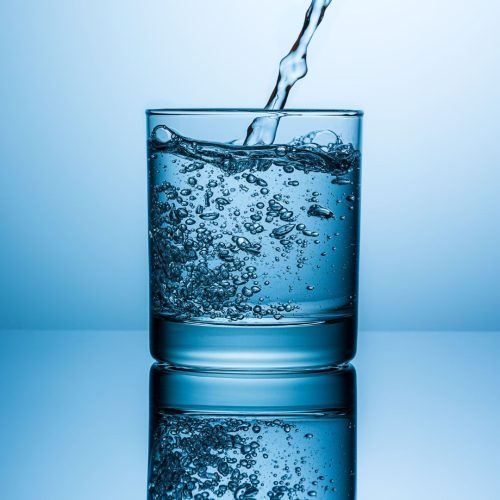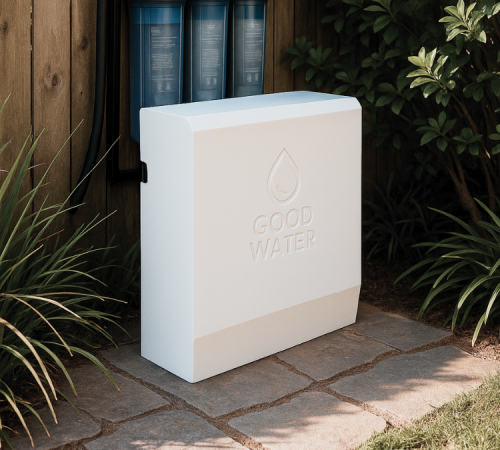
Your tap water may look clear, but it’s anything but clean. What you don’t see is what can hurt you most.
Most families are shocked when they learn what’s really coming through their kitchen tap — and even more surprised that it’s all still considered “safe.”
This page breaks down what might be in your glass right now — and what it means for your health.
Let’s take a closer look at the most common — and most concerning — contaminants found in Australian drinking water:
Man-made chemicals used in non-stick cookware, firefighting foam, packaging, and waterproof fabrics. They do not break down in the body or environment.
Used to kill bacteria — but they leave behind toxic byproducts and an unpleasant taste and smell.
Leached from old pipes, taps, and plumbing fittings — especially in homes built before the mid-1980s.
Intentionally added to public water supplies to reduce tooth decay. While beneficial in small doses, it’s controversial in large quantities or for people with thyroid conditions.
From fertiliser runoff in rural or farming areas. Often undetected by the human eye, nose, or taste buds.
Including E. coli, Giardia, and Cryptosporidium — usually from groundwater or rainwater contamination.
Tiny plastic particles shed from bottles, packaging, and old pipes. Now found in both bottled and tap water.
Risks: Emerging evidence suggests hormone disruption and organ inflammation
Many of these contaminants are technically “within acceptable limits” according to water authorities — but that doesn’t mean they’re healthy.
Limits are based on adult exposure and outdated data, not the long-term effects on children, babies, or vulnerable people.
Just because it’s legal doesn’t mean it’s safe — and just because it’s clear doesn’t mean it’s clean.
Without filtration at the point of entry, every one of those touchpoints is a source of possible chemical exposure.


